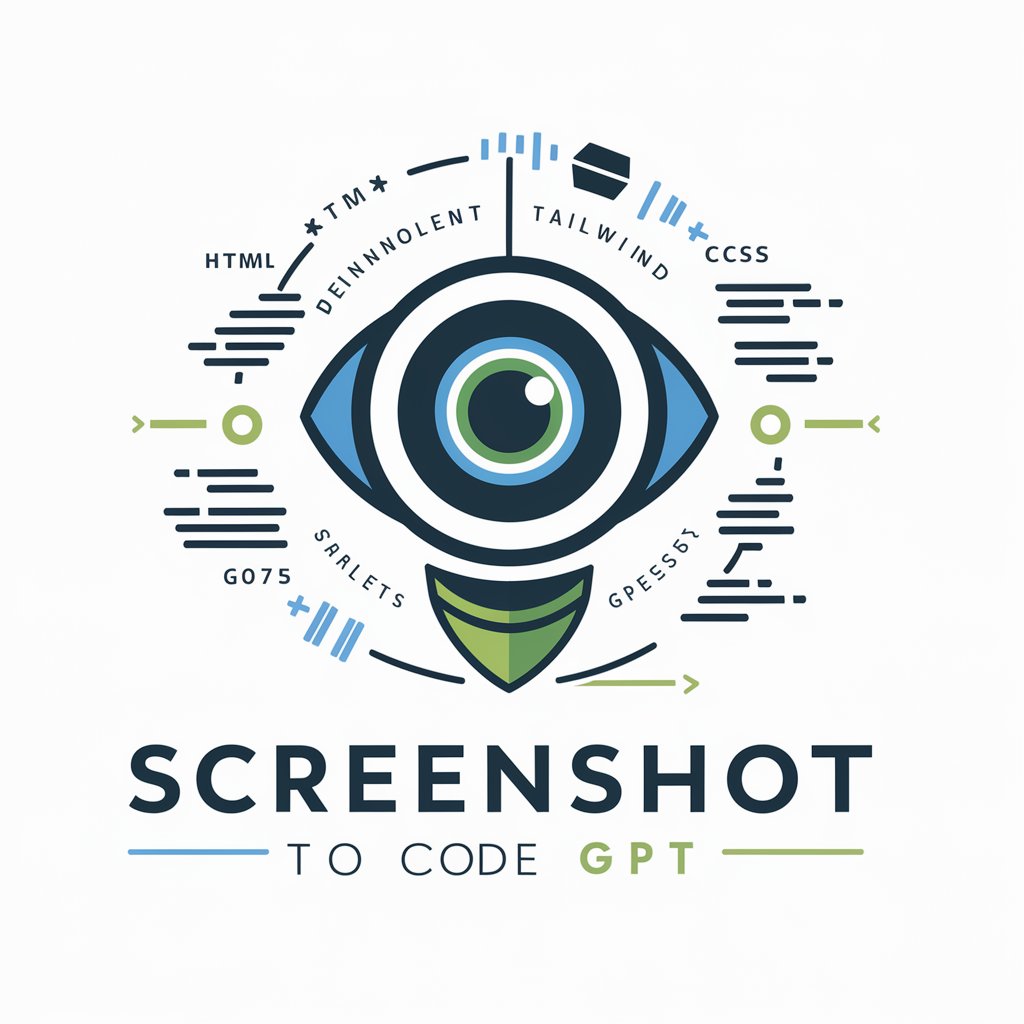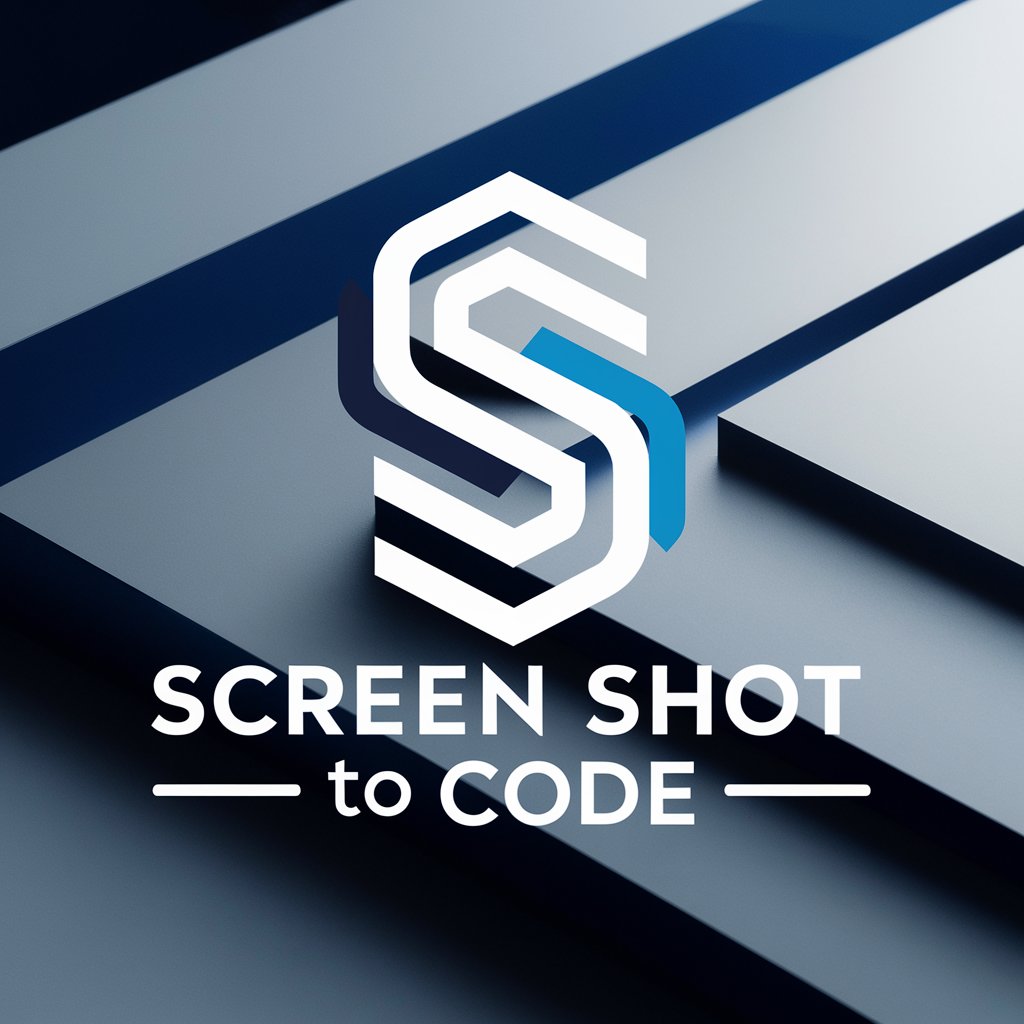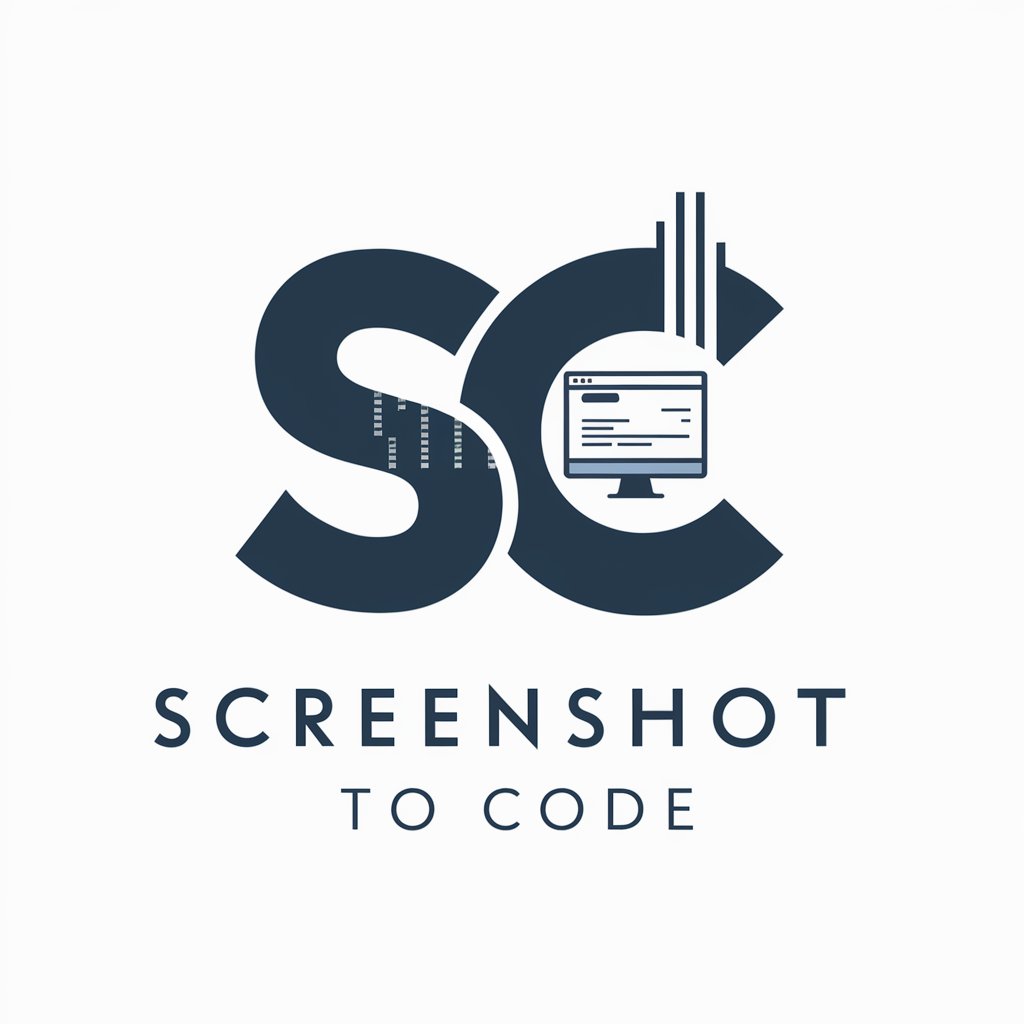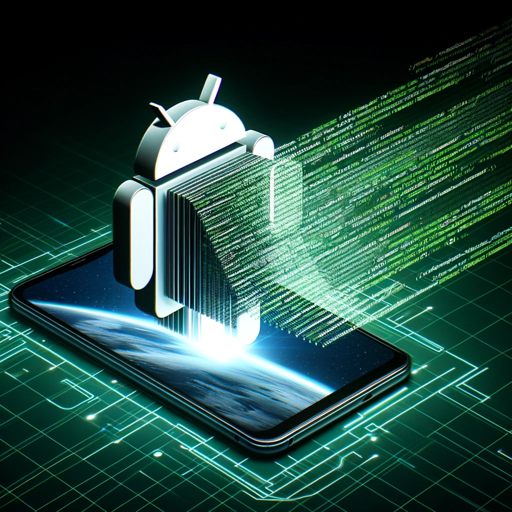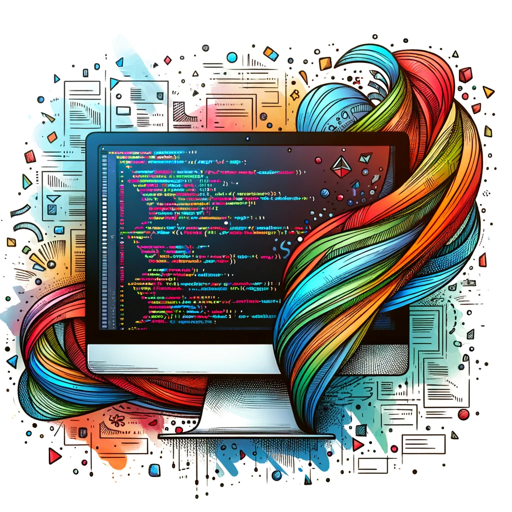
Screenshot to Code - Code from Screenshots
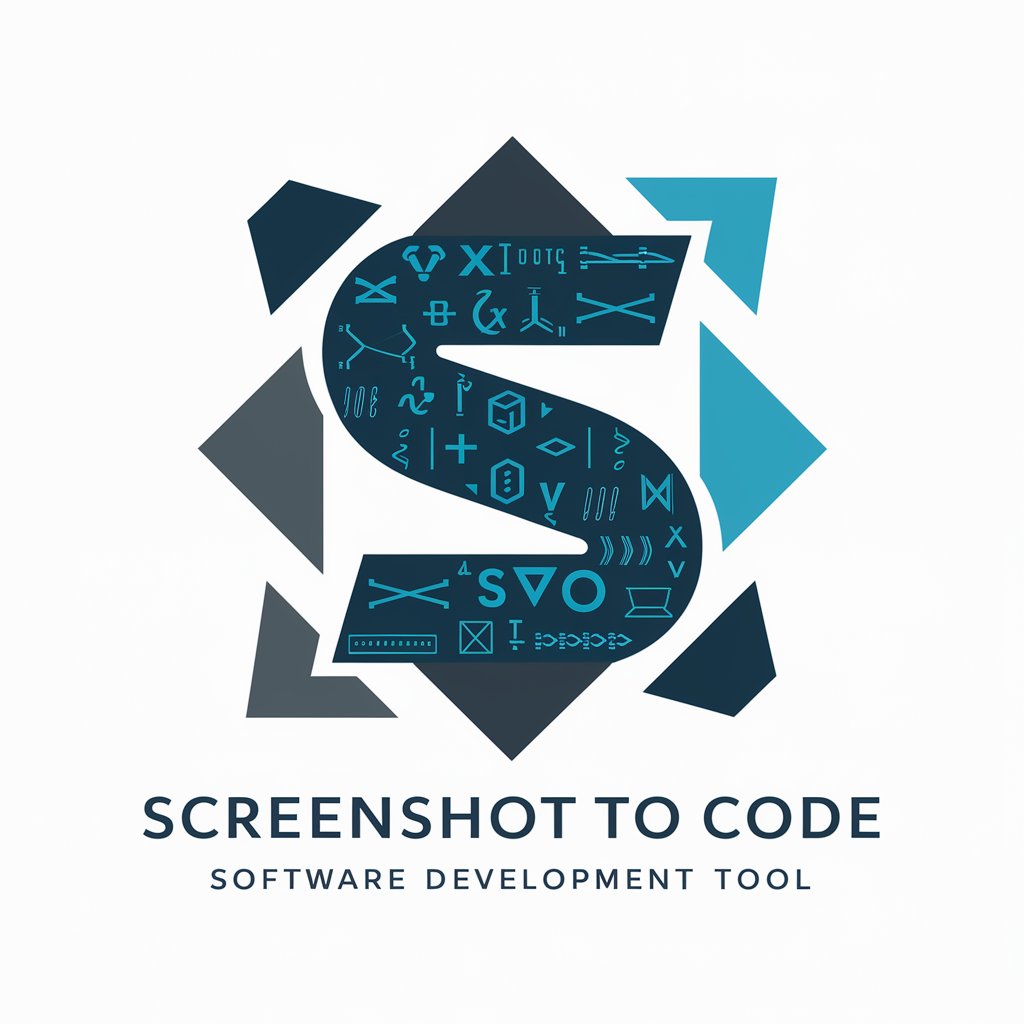
Welcome! Let's turn your screenshots into functional code.
Transform screenshots into code instantly
Design a user-friendly interface for a code conversion tool that...
Create a detailed backend structure for a system that...
Develop a responsive front-end layout for an application that...
Implement an API integration for a service that...
Get Embed Code
Overview of Screenshot to Code
Screenshot to Code is a specialized service designed to transform visual designs captured in screenshots into functional, executable code. It leverages advanced algorithms and programming expertise to interpret visual elements, layout, and design intentions from images and then translates these insights into high-quality code for web or mobile applications. This service is particularly valuable in the development process, offering a bridge between design and development by automating the conversion of UI/UX designs into code. An example scenario could be a web designer who has created a layout for a website in a graphic design tool. Instead of manually coding the design into HTML, CSS, and JavaScript, they could use Screenshot to Code to automatically generate the necessary code, significantly speeding up the development process and ensuring fidelity to the original design. Powered by ChatGPT-4o。

Core Functions and Real-World Applications
UI Component Extraction
Example
Converting a screenshot of a user interface into a set of React components.
Scenario
A front-end developer has a finalized design screenshot for a dashboard. Using Screenshot to Code, they can automatically generate React components for various UI elements like buttons, graphs, and navigation bars, streamlining the development workflow.
Layout Recognition and Code Generation
Example
Generating responsive HTML and CSS code from a web page design.
Scenario
A web designer creates a complex web page layout in a design tool. Screenshot to Code analyzes the screenshot, recognizing the layout structure, and generates HTML and CSS code that is responsive and adheres to modern web standards, eliminating the need for manual coding.
Style Extraction
Example
Extracting style properties from a mobile app screen to create a style guide.
Scenario
A UI/UX designer wants to ensure consistency across a mobile application. By uploading screenshots of the app's screens, Screenshot to Code can extract color schemes, font styles, and other stylistic properties to create a comprehensive style guide for developers.
Code Optimization and Refactoring
Example
Refactoring generated code to improve performance and maintainability.
Scenario
After generating initial code from screenshots, Screenshot to Code can further optimize the codebase for performance, readability, and maintainability, ensuring that the final product not only looks as intended but also runs efficiently.
Target User Groups
Web and Mobile App Developers
Developers looking to accelerate the development process by quickly converting design mockups into functional code. Screenshot to Code helps them bridge the gap between design and development, ensuring a faster transition from concept to prototype to final product.
UI/UX Designers
Designers aiming to see their visual concepts translated accurately into code without the need to understand detailed programming nuances. This tool allows them to focus on design aspects, knowing the translation into code will be faithful to their vision.
Project Managers and Team Leads
Managers overseeing development projects who need to streamline workflows between designers and developers. Screenshot to Code can serve as a collaborative tool, reducing misunderstandings and ensuring that design implementations are consistent with initial concepts.
Educators and Students
In educational settings, Screenshot to Code can be used as a learning tool to demonstrate the practical application of theoretical design concepts and to provide students with a hands-on approach to understanding web and mobile development processes.

How to Use Screenshot to Code
Start Free Trial
Begin by visiting yeschat.ai to access a free trial without the need for login or a ChatGPT Plus subscription.
Upload Screenshot
Upload a screenshot of the interface or code snippet you need to convert into functional code.
Specify Requirements
Provide specific details about the programming language, framework, and functionality you require for your project.
Review Generated Code
Once the code is generated, review it for accuracy, efficiency, and adherence to your specified requirements.
Test and Iterate
Test the generated code within your project environment. Provide feedback or make adjustments as necessary to ensure optimal integration and functionality.
Try other advanced and practical GPTs
GPT Agile Coach
Empowering Agile Excellence with AI

HTML Helper
Revolutionize Your HTML with AI
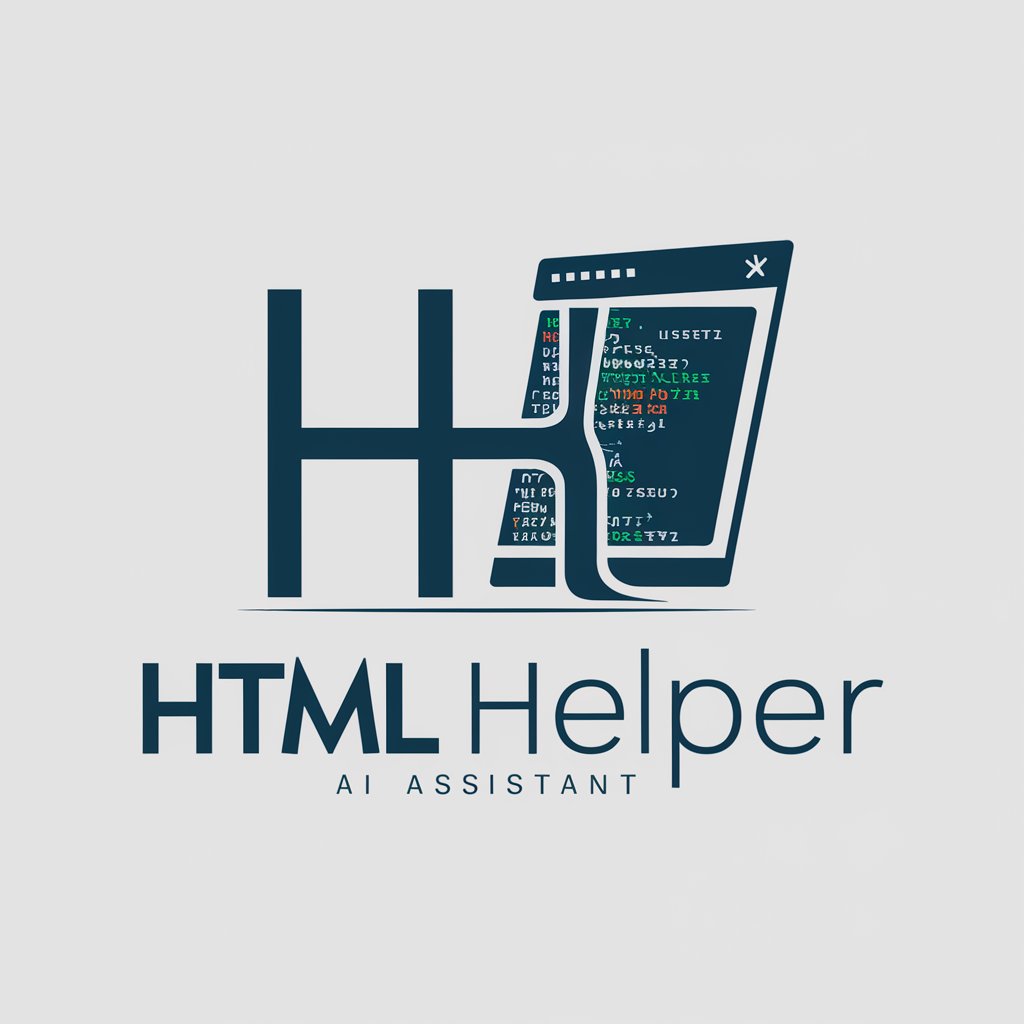
Grant Guru
Empowering grantsmanship with AI.
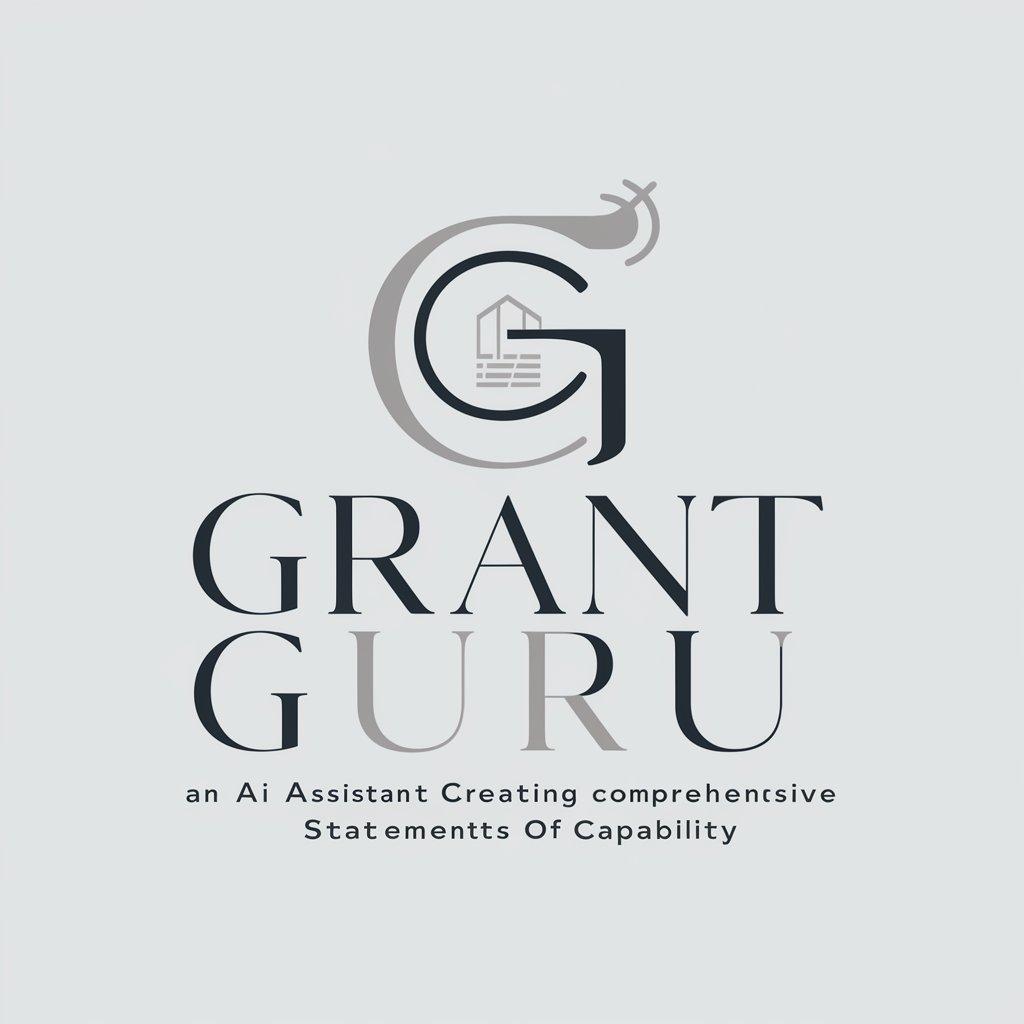
Crypto Compass
Navigate Crypto with AI-Powered Insights
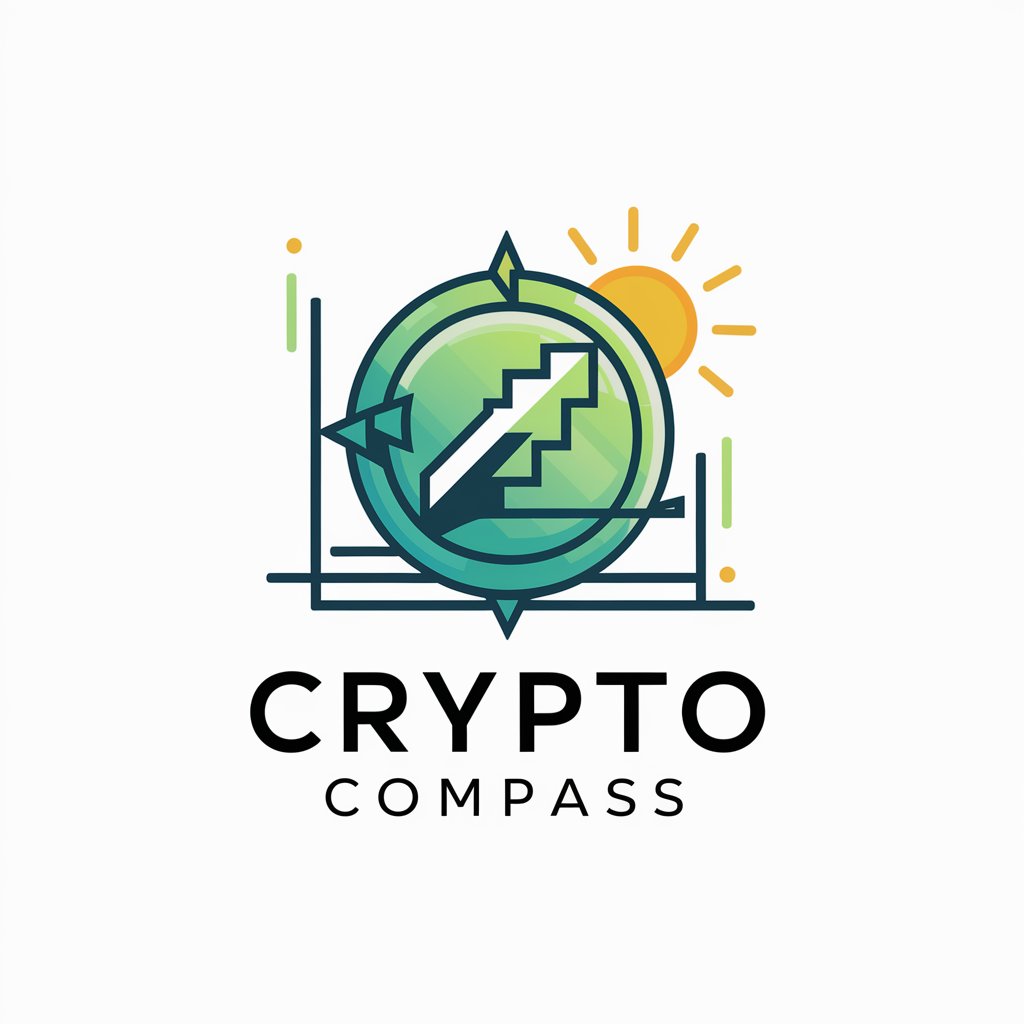
Excel
Master Excel with AI-Powered Assistance
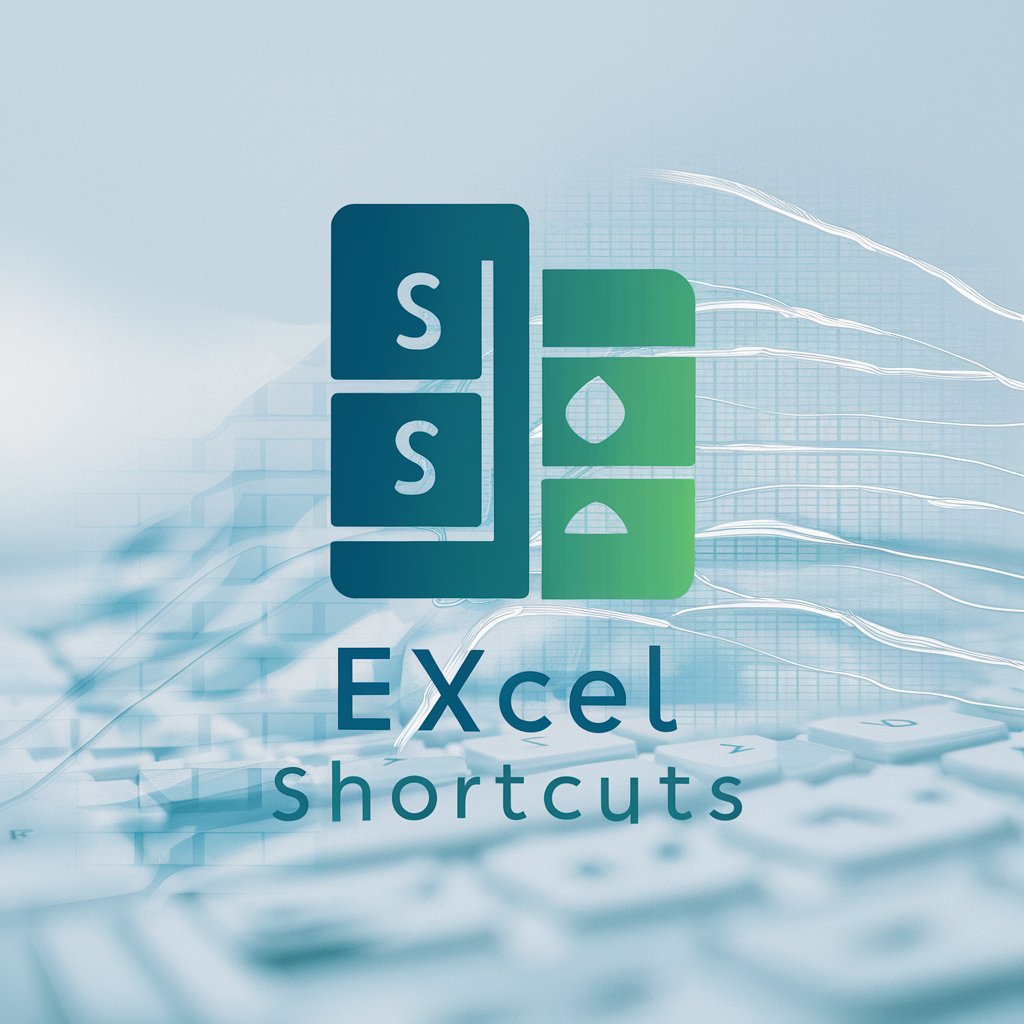
$100M Micro-Offers
Unlock Growth with AI-Powered Micro-Offers

AI Resume Advisor
Empowering Your Career with AI

Tech Strategist Pro
Strategize, Implement, Innovate with AI

CPSP Illustrator
Crafting Emotive AI-Driven Illustrations
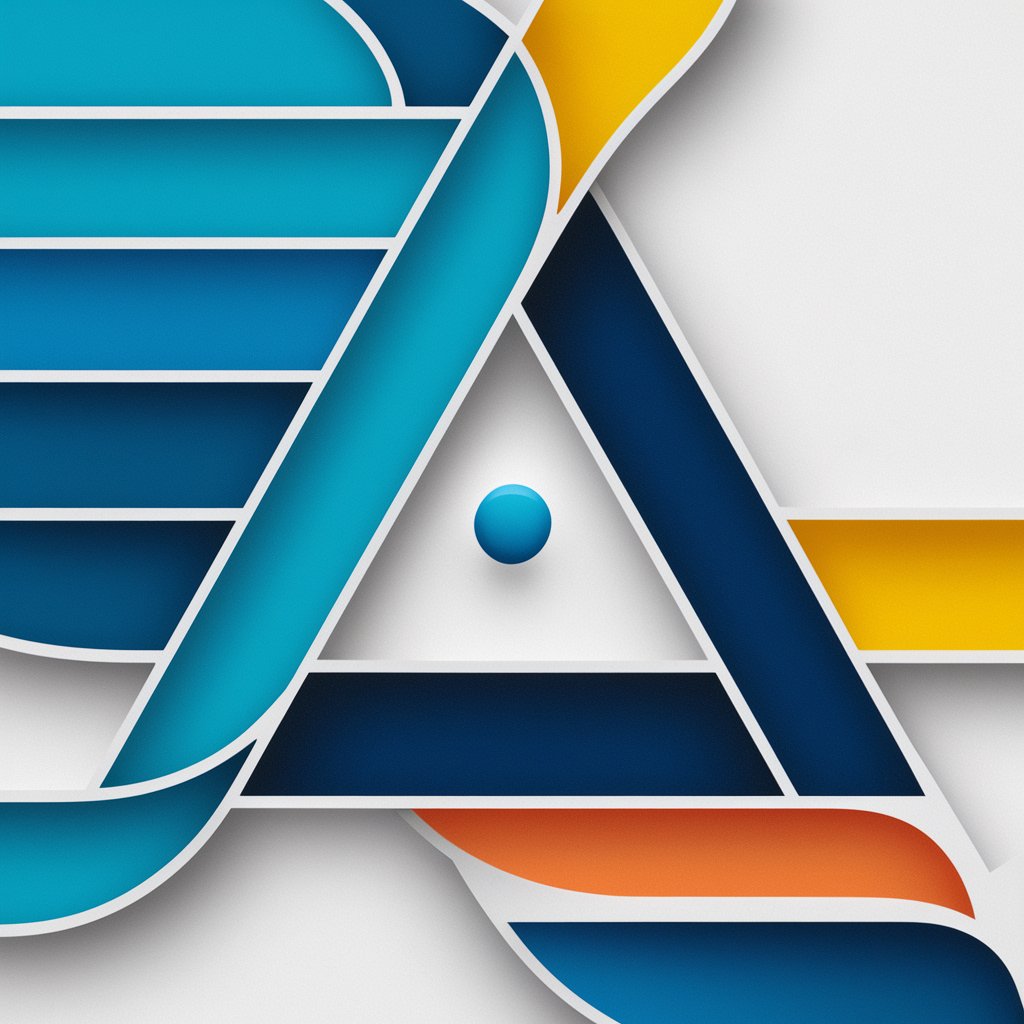
The Dreamer
Embark on AI-powered dreamscapes.

StartUp-GPT
Empowering Startups with AI Insights

GreenSpace
Cultivate your urban oasis with AI-powered guidance.

Frequently Asked Questions about Screenshot to Code
What types of screenshots can I upload?
You can upload any screenshot that depicts a user interface, a specific layout, or code snippets. The tool is designed to understand and convert various UI designs and code patterns into functional code.
Which programming languages does Screenshot to Code support?
Screenshot to Code supports a wide range of programming languages and frameworks, including but not limited to HTML, CSS, JavaScript, React, Swift, and Xamarin Forms.
How accurate is the generated code?
The generated code aims to be highly accurate and efficient, matching the input screenshot as closely as possible. Accuracy can depend on the complexity of the screenshot and the clarity of the provided specifications.
Can I customize the generated code?
Yes, the tool allows for customization. After reviewing the generated code, you can make adjustments or add specific functionalities to better fit your project requirements.
Is there support for mobile app development?
Yes, Screenshot to Code supports mobile app development by generating code for platforms like React Native and Swift, enabling the creation of both iOS and Android applications.

